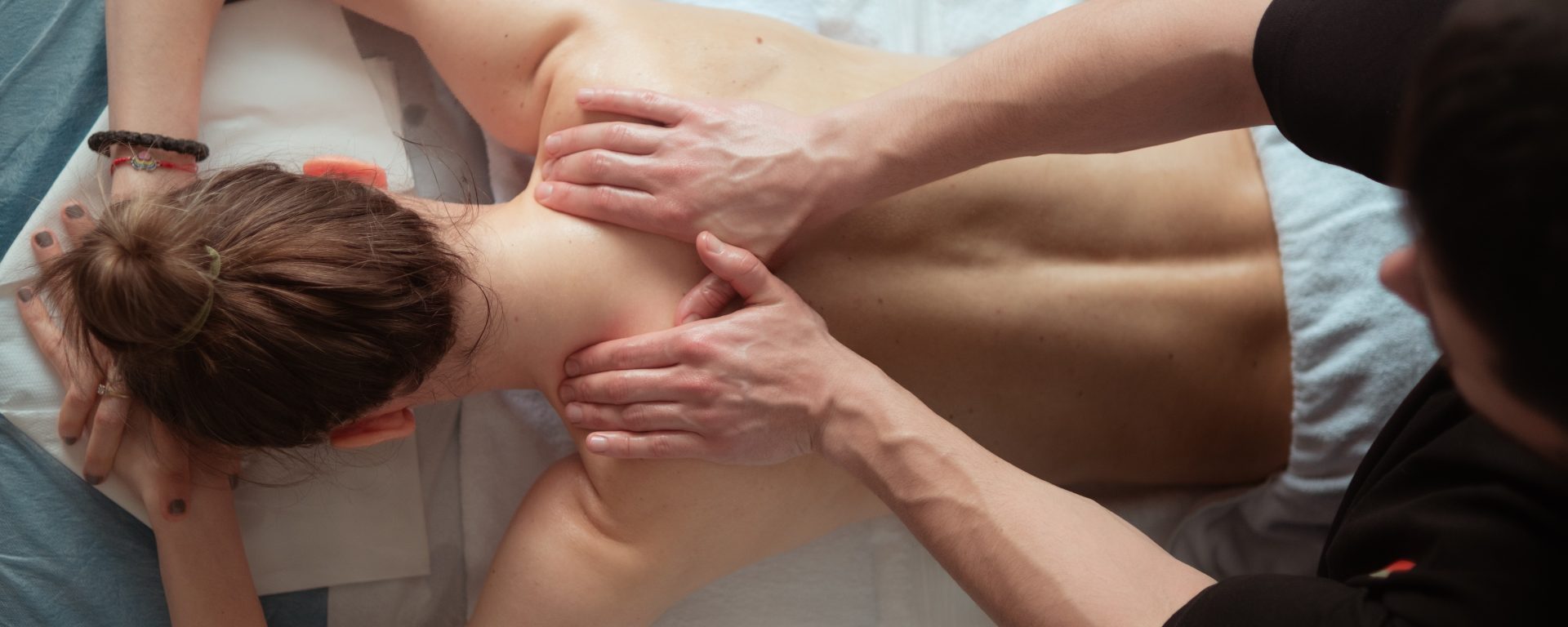In 1995, Stankovic, et. al., sought to compare the effectiveness of the McKenzie method and patient education through “mini back school” in treating acute low back pain over a 5-year period. Prior to this study, the 1-year results had already been published, prompting further investigation into the durability of treatment outcomes.
The study comprised 89 subjects, including 22 women and 67 men, with an average age of 39.6 +/- 10.5 years (ranging from 22 to 66 years). The primary aim was to assess the recurrence of pain and sick leave rates after 5 years of initial treatment using the two distinct methods.
Out of the 89 participants, 62 subjects (70%) were interviewed via telephone, while the remaining 27 subjects (30%) underwent personal examination and interviews. Data on sick leave was collected from the Swedish National Health Insurance Office.
At the 5-year follow-up, the outcomes demonstrated that individuals who received treatment based on the McKenzie principle experienced significantly fewer recurrences of pain and were on sick leave less often compared to those who underwent education in mini back school. Nevertheless, other measured variables did not exhibit statistically significant differences between the two treatment approaches.
This extended study indicates that the advantage of the McKenzie method over patient education in “mini back school” diminishes after 5 years compared to the 1-year results. Nonetheless, it is noteworthy that subjects treated with the McKenzie approach still exhibited superior long-term outcomes, suggesting its potential as a conservative treatment option for acute low back pain. Further research may be necessary to explore factors contributing to the sustainability of these benefits and to optimize treatment approaches for managing this prevalent condition.
Reference: Stankovic, R., & Johnell, O. (1995). Conservative treatment of acute low back pain. A 5-year follow-up study of two methods of treatment. Spine, 20(4), 469-472.
